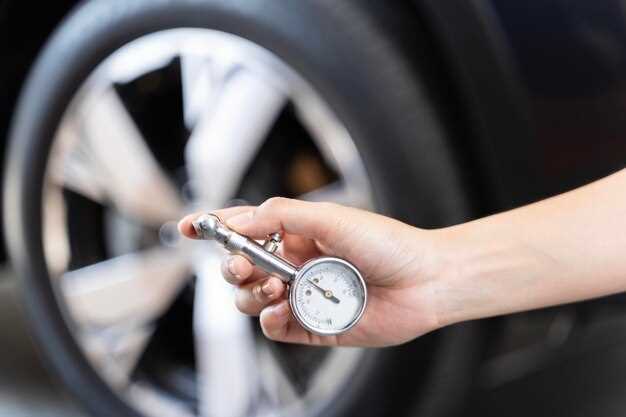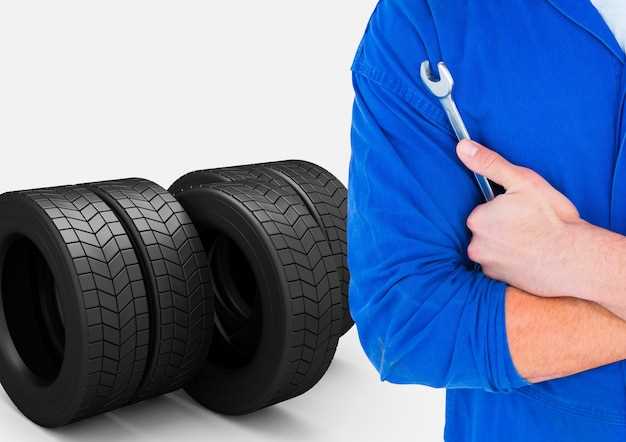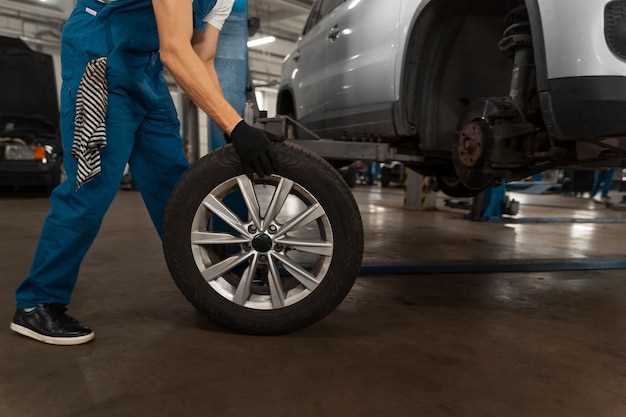Tire Rotation Guide for Extended Lifespan

Tires are one of the most critical components of any vehicle, impacting both safety and performance. Regular maintenance, particularly tire rotation, plays a key role in extending the lifespan of your tires. By distributing wear evenly across all tires, rotation helps ensure their optimal performance and longevity.
Tire rotation involves moving tires from one position on the vehicle to another, allowing each tire to wear evenly. This practice is essential because different tires can experience varying degrees of wear depending on their position–front tires often wear more quickly than rear tires due to steering and braking forces. Implementing effective rotation strategies can lead to significant savings in replacement costs and enhance driving comfort.
Understanding how to properly rotate your tires is crucial for maximizing their lifespan. Factors such as the type of vehicle, tire type, and driving conditions can influence rotation patterns. In this article, we will explore various tire rotation strategies, providing you with the knowledge to make informed decisions that will keep your tires in optimal condition for as long as possible.
Understanding Different Tire Rotation Patterns

Tire rotation is a crucial maintenance task that extends the life of your tires by ensuring even wear. Different rotation patterns are designed to address variations in tire wear caused by factors like vehicle type, drive axle configuration, and tread design. Understanding these patterns can help optimize tire performance and longevity.
The most common tire rotation pattern is the front-to-back rotation. In this method, the tires on the front axle are moved to the rear axle, while the rear tires are moved to the front. This pattern is suitable for vehicles with symmetrical tread designs and is typically recommended for front-wheel drive vehicles. It helps maintain balance and ensures that all tires wear uniformly.
An alternative is the crossed rotation pattern, which involves moving the front tires to the opposite sides on the rear axle. For example, the front left tire moves to the rear right position, and the front right tire moves to the rear left. This method is particularly effective for vehicles with asymmetrical tread designs, as it helps promote more even wear on each tire and enhances traction.
A third option is the five-tire rotation pattern, which includes the spare tire in the rotation process. This approach is beneficial for vehicles equipped with a full-size spare. In this pattern, one of the standard tires replaces the spare tire position, allowing for more even wear across all five tires. Regularly rotating the spare can extend its life and readiness should it be needed.
For vehicles with specific drive configurations, such as rear-wheel drive or all-wheel drive vehicles, a specific rotation pattern may be required to accommodate unique tire wear characteristics. Monitoring tire pressure and ensuring proper alignment are essential steps that complement rotation strategies, contributing to a longer tire lifespan.
Signs Indicating the Need for Tire Rotation

Regular maintenance of your vehicle includes timely tire rotation, which can significantly extend the lifespan of your tires. Several indicators suggest it may be time for this essential service.
One of the most prominent signs is uneven tire wear. If you notice that the tread on one or more tires appears more worn than others, it may be due to the weight distribution and driving habits. Rotating the tires helps ensure even wear across all tires.
Another clear indication is vibration while driving. If your vehicle feels like it’s shaking or vibrating unusually, this could point to irregularities in tire wear, necessitating rotation to correct the balance and improve ride quality.
Pay attention to the mileage. Most manufacturers recommend rotating tires every 5,000 to 8,000 miles. If you exceed this range, you should consider scheduling a rotation as part of your maintenance routine.
Additionally, if your vehicle starts pulling to one side while driving, it may signal that the tires are wearing unevenly. A timely rotation can help remedy this issue and enhance your vehicle’s handling.
Lastly, inspecting your tire pressure regularly is also crucial. If you notice discrepancies in pressure levels between tires, it can affect tread wear and performance. A rotation can help balance the tires and maintain appropriate pressure levels more effectively.
Being aware of these signs will ensure that you can act promptly, maintaining optimal tire performance and extending overall lifespan through regular rotation.
Maintaining Proper Tire Pressure Between Rotations
Regular maintenance of tire pressure is crucial for extending the lifespan of your tires. Underinflated tires can cause increased wear on the tread, reducing their longevity and compromising vehicle safety. Conversely, overinflated tires may lead to a harsher ride and increased susceptibility to damage from road hazards.
It is essential to check tire pressure at least once a month and before long trips. Use a reliable tire pressure gauge to ensure that each tire is inflated to the manufacturer’s recommended pressure, which can typically be found on a sticker inside the driver’s side door or in the vehicle’s owner manual.
Temperature changes can significantly affect tire pressure. As temperatures drop, tire pressure decreases, and as they rise, pressure increases. Therefore, regular checks are necessary, particularly during seasonal transitions. Maintaining optimal tire pressure not only enhances tire protection but also improves fuel efficiency and overall vehicle handling.
In addition to regular checks, it is advisable to rotate tires as recommended. Tire rotation helps to ensure even wear across all tires, allowing for consistent performance and grip. Together with maintaining proper tire pressure, these practices create a comprehensive approach to tire maintenance, enhancing their lifespan and ensuring safe driving conditions.

